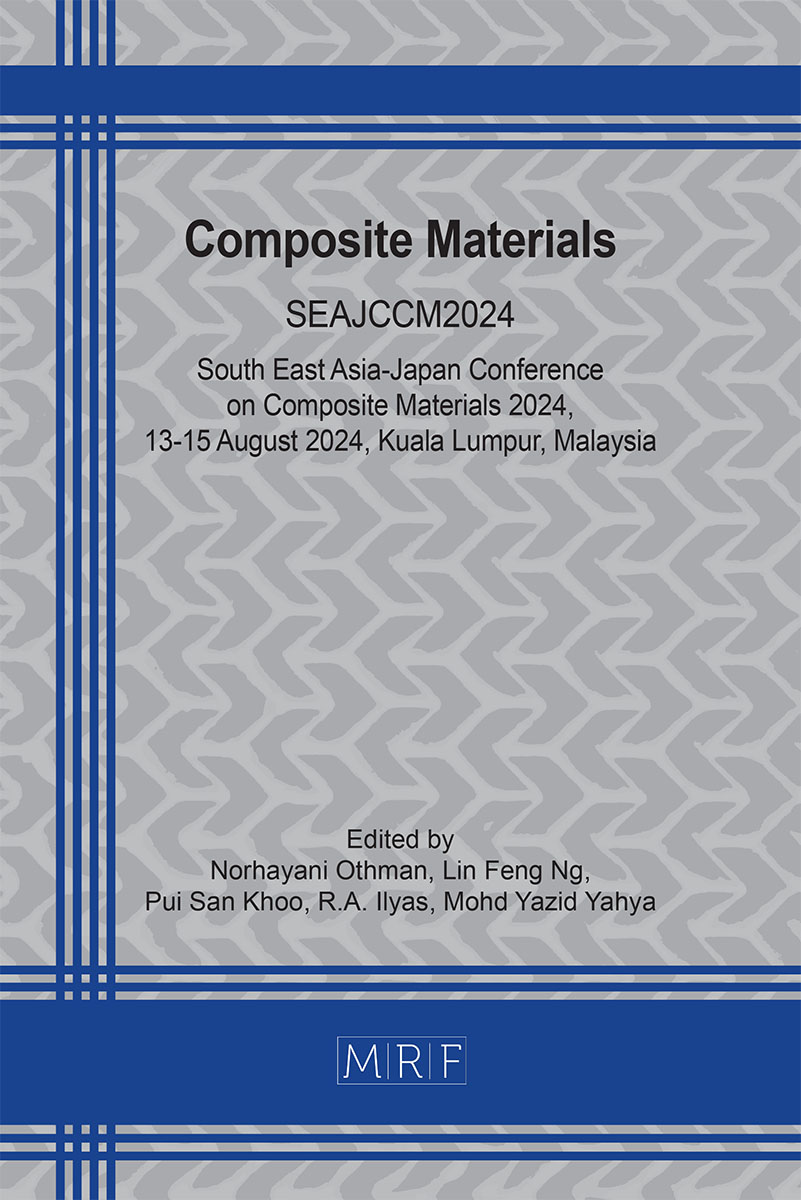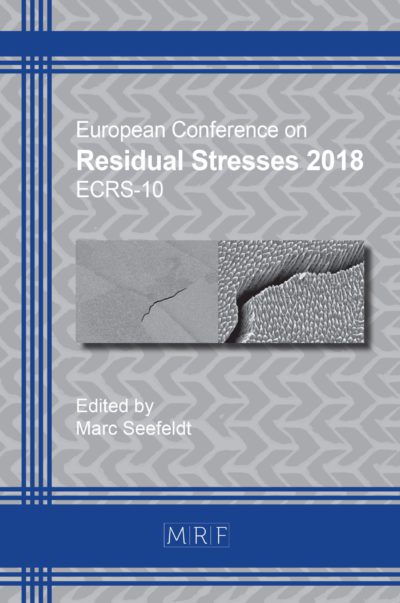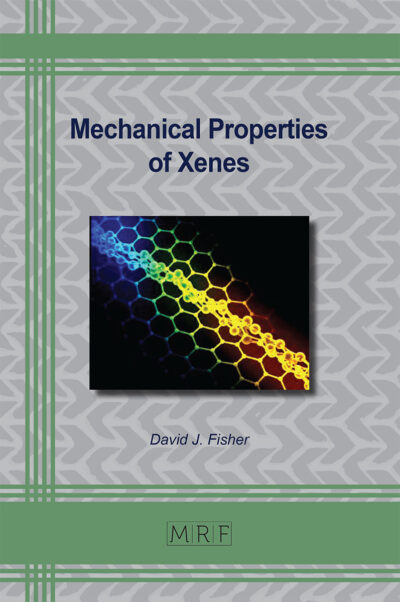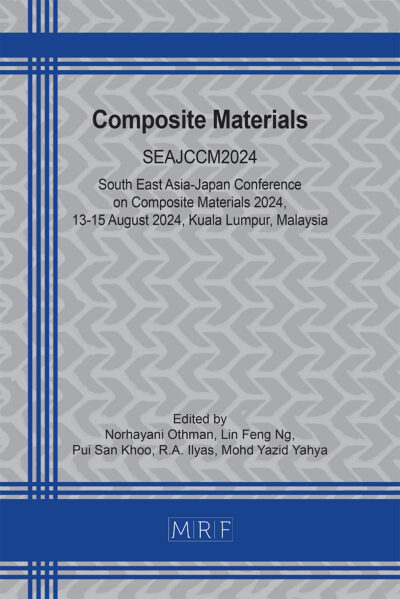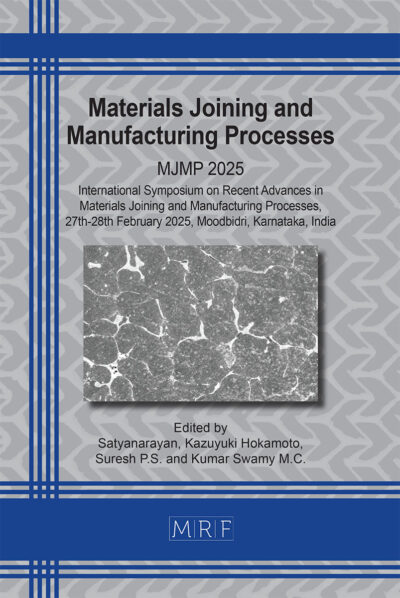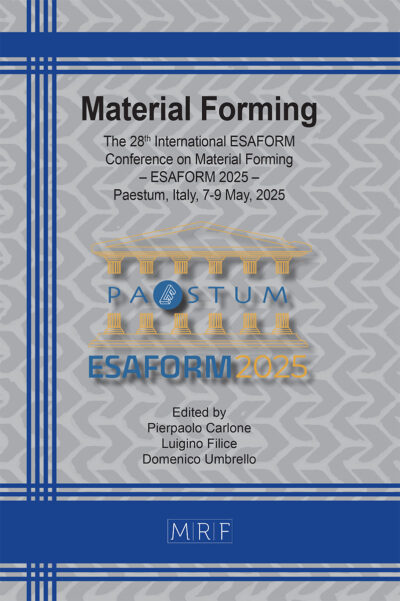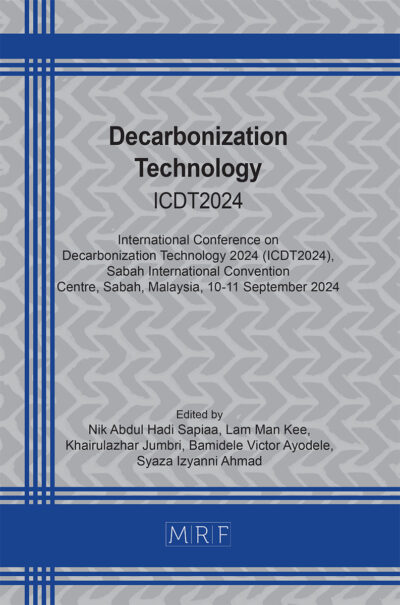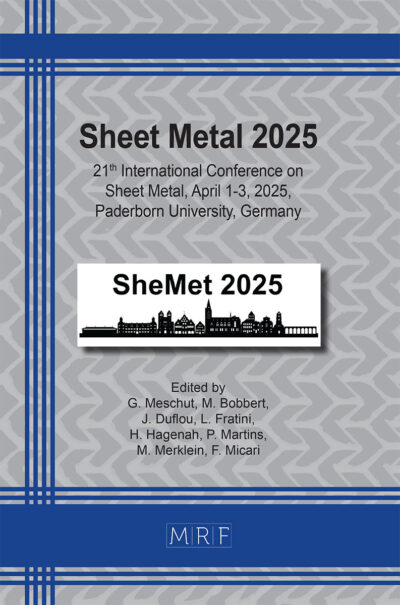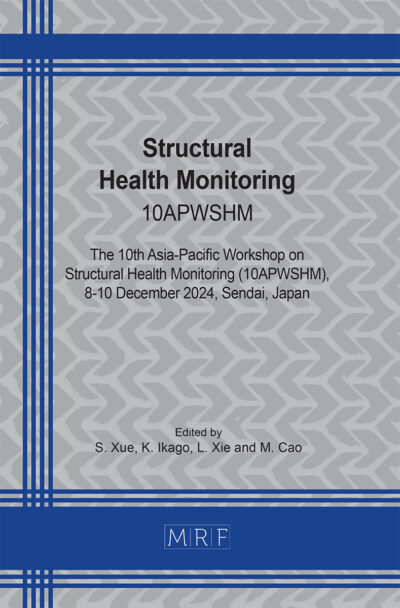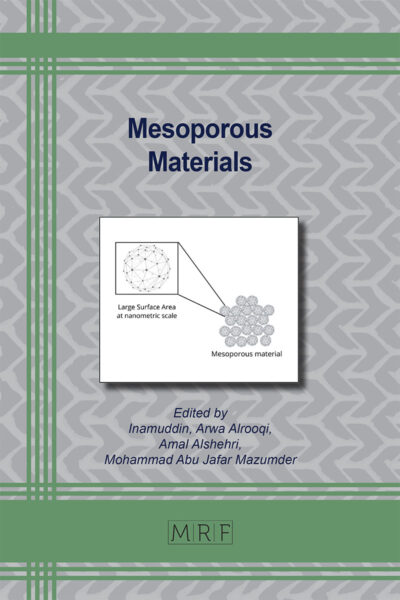The Study on Different Percentages of Nickel (Ni) Addition on Sn0.7Cu Solder Alloy Properties
Athirah Khemar, Kamrosni Abdul Razak, Nur Izzati Muhammad Nadzri, Mohd Arif Anuar Mohd Salleh, Faiz Azri Fadlollah
Abstract. The rapid development of electronic products has created challenges for designers and manufacturers in selecting the best electronic packaging materials for their products. Among these materials, lead-free solders have emerged as the best replacement for lead-containing solders, despite the fact that their performance still falls short of the original specification. The main of this research is to investigate the effect of Nickel (Ni) addition with different percentages into Sn0.7Cu solder alloy on the intermetallic compound formation (IMC) and growth at the solder joint interface. Based on weight percentage (wt.%) changes, the work was carried out by producing Sn0.7Cu-xNi (x = 0.0, 0.03, 0.05, 0.07). The type of IMC produced after reflowing when increasing the nickel addition in SnCu solder was decreased in thickness but smoother and finer. This study reveals that Ni as an excellent candidate for improving solder joint performance for Cu6Sn5 layer to form into (Cu,Ni)6Sn5 layer. Furthermore, the solder joint strength was found to be increased by increasing the Ni percentage which make Ni as a good candidate for improving the solder joint which focused for IMC layer formation.
Keywords
Sn0.7Cu, Microstructure, Intermetallic Compound (IMC) Layer, Solder Joint
Published online 2025/06/01, 7 pages
Copyright © 2025 by the author(s)
Published under license by Materials Research Forum LLC., Millersville PA, USA
Citation: Athirah Khemar, Kamrosni Abdul Razak, Nur Izzati Muhammad Nadzri, Mohd Arif Anuar Mohd Salleh, Faiz Azri Fadlollah, The Study on Different Percentages of Nickel (Ni) Addition on Sn0.7Cu Solder Alloy Properties, Materials Research Proceedings, Vol. 56, pp 86-92, 2025
DOI: https://doi.org/10.21741/9781644903636-9
The article was published as article 9 of the book Composite Materials
![]() Content from this work may be used under the terms of the Creative Commons Attribution 3.0 license. Any further distribution of this work must maintain attribution to the author(s) and the title of the work, journal citation and DOI.
Content from this work may be used under the terms of the Creative Commons Attribution 3.0 license. Any further distribution of this work must maintain attribution to the author(s) and the title of the work, journal citation and DOI.
References
[1] Y. Li, C. Chen, R. Yi, Y. Ouyang, Special brazing and soldering, Journal of Manufacturing Processes 60 (2020) 608-635. https://doi.org/10.1016/J.JMAPRO.2020.10.049
[2] Information on https://www.mechdaily.com/what-is-annealing/
[3] P.T. Vianco, A review of interface microstructures in electronic packaging applications: Soldering technology, Jom 71 (2019) 158-177. https://doi.org/10.1007/s11837-018-3219-z
[4] M. Zhao, L. Zhang, Z.Q. Liu, M.Y. Xiong, L. Sun, Structure and properties of Sn-Cu lead-free solders in electronics packaging, Science and technology of advanced materials 20 (2019) 421-444. https://doi.org/10.1080/14686996.2019.1591168
[5] N.A. Ezaham, N.R.A. Razak, M.A.A.M. Salleh, Influence of bismuth on the solidification of tin copper lead-free solder alloy, AIP Conference Proceedings 2045 (2018) 020104. https://doi.org/10.1063/1.5080917
[6] G. Zeng, S.D. McDonald, D. Mu, Y. Terada, H. Yasuda, Q. Gu, M.A.A. Mohd Saleh, K. Nogita, The influence of ageing on the stabilisation of interfacial (Cu, Ni) 6 (Sn, Zn) 5 and (Cu, Au, Ni) 6Sn5 intermetallics in Pb-free Ball Grid Array (BGA) solder joints, Journal of Alloys and Compounds 685 (2016) 471-482. https://doi.org/10.1016/j.jallcom.2016.05.263
[7] N. Adli, N.R. Abdul Razak, N. Saud, Physical and mechanical behaviors of SnCu-based lead-free solder alloys with an addition of aluminium, Applied Mechanics and Materials 815 (2015) 64-68. https://doi.org/10.4028/www.scientific.net/amm.815.64
[8] Information on https://blog.matric.com/lead-vs-lead-free-solder-in-pcb-manufacturing#:~:text=Lead%2Dfree%20solder%20is%20a,use%20of%20lead%2Dbased%20solder
[9] D. Mu, J. Read, Y. Yang, K. Nogita, Thermal expansion of Cu 6 Sn 5 and (Cu, Ni)6Sn5, Journal of Materials Research 26 (2011) 2660-2664. https://doi.org/10.1557/jmr.2011.293
[10] S.U. Mehreen, K. Nogita, S. McDonald, H. Yasuda, D. StJohn, Suppression of Cu3Sn in the Sn-10Cu peritectic alloy by the addition of Ni, Journal of Alloys and Compounds 766 (2018) 1003-1013. https://doi.org/10.1016/j.jallcom.2018.06.251
[11] J. Wang, C. Leinenbach, H.S. Liu, L.B. Liu, M. Roth, Z.P. Jin, Diffusion and atomic mobilities in fcc Ni-Sn alloys, Journal of phase equilibria and diffusion 31 (2010) 28-33. https://doi.org/10.1007/s11669-009-9607-x
[12] E. Efzan, A. Marini, A review of solder evolution in electronic application, International Journal of Engineering 1 (2012) 2305-8269
[13] A.N. Hashim, M.A.A.M. Salleh, M.M. Ramli, M.M.A.B. Abdullah, A.V. Sandu, P. Vizureanu, I.G. Sandu, Effect of isothermal annealing on Sn whisker growth behavior of Sn0. 7Cu0. 05Ni solder joint, Materials 16 (2023) 1852. https://doi.org/10.3390/ma16051852
[14] H. Nishikawa, J.Y. Piao, T. Takemoto, Interfacial reaction between Sn-0.7 Cu (-Ni) solder and Cu substrate, Journal of Electronic Materials 35 (2006) 1127-1132. https://doi.org/10.1007/BF02692576
[15] L. Somlyai-Sipos, P. Baumli, Effect of nickel addition on the wettability and reactivity of tin on copper substrate, Resolution and Discovery 2 (2017) 9-12. https://doi.org/10.1556/2051.2017.00039

